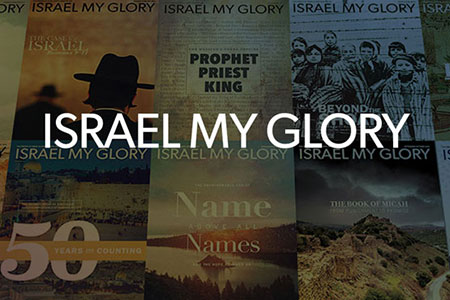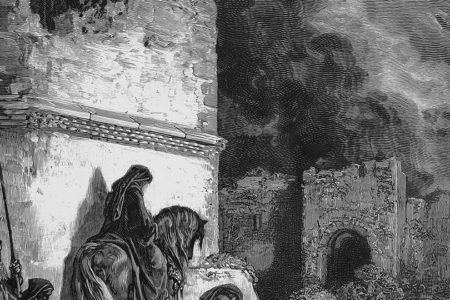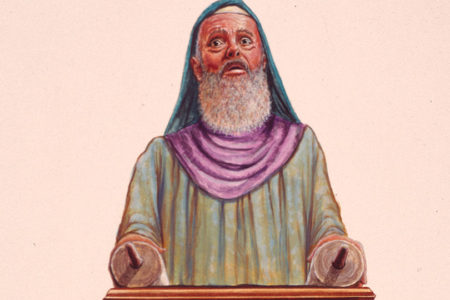Reading the Handwriting on the Wall
A pop philosopher once said, “If you want to know how things really are, read the graffiti.” Strange as it may seem, there is some biblical basis for such a statement. When God decided to bring an end to the wretchedly decadent Babylonian empire, He sent Belshazzar a message by writing the kingdom’s obituary on the wall. The message was simple, one the trembling king could not misunderstand—he could read the handwriting on the wall.
Although we can hardly dignify contemporary graffitists’ literary excursions by comparing them with God’s message to a monarch, we can learn what is being said, thought, and acted on by some in the gut-level arenas of the street. I gave some thought to this recently as we drove through the town of Jericho, which still seemed to be vibrating from the announcement that the craggy-faced leader of the PLO would soon be taking up residence in the place.
During the years of the intifada, Jericho had the look of a ghost town. Restaurants, gift shops, and citrus stands, which had once bustled with tourists and friendly merchants, were tightly shuttered. Passing through on the way to the storied tel of ancient Jericho, we could spot a few sullen merchants who were forced by militant Arab brethren to keep their shops closed. So, while Arabs deprived other Arabs of their livelihood, the buses rolled through on their way to make purchases in other places (most frequently with the very people—namely Jewish merchants—the intifada was designed to afflict).
But only a few short months after my last visit to this lovely oasis in the wilderness, things had taken a dramatic turn for the better. Restaurants with freshly painted walls and weedless courtyards were springing to life. Street vendors and other businessmen, who were rolling out the welcome mat for the expected influx of visits, had smiles on their faces and friendly waves for passersby. Indeed, things seemed to be looking up for Jericho.
What captured my attention, however, was the graffiti sprayed on walls, storefronts, and, it appeared, every surface of opportunity along the streets of the town. There, beyond the obvious defacing of public and private property, was the full story of the desire and danger resident in perceptions of what the peace process holds. Perhaps, I thought, I was viewing what prime ministers, presidents, and designated diplomatic peace seekers should be studying along with the principles of the accord.
Depictions of Palestinian flags and a huge “Welcome to Palestine” greet those entering the town. Warm expressions of affection for Fatah and the P.L.O. are everywhere in evidence. Catching the breeze over the inscriptions are the four-color flags of the Palestinians. Most telling is the one that has been hoisted to a position in line with the flags of the nations of the world at a prominent business in town. As is the case with graffitists the world over, subtlety is not in fashion. The message is clear: Yasser Arafat will direct a state, first from Jericho, then from the Palestinian capital city of Jerusalem. Their euphoria is based, of course, on the pronouncements of Arafat that the Palestinian state is being established. According to Arafat, statehood is what the peace process is all about. No matter to him—or to the bulk of the Western media who are promoting the assumption that a Palestinian state is a done deal—that this is not part of the principles of the accord. Therefore, the delusion is being telegraphed to far too many that the Palestinians are on the way to achieving their goal—a staging-area state that will one day liquidate Israel.
By saying this, I am not understating the case. Evidence to the contrary supports my assertion. As I was leaving Jericho, I took notice of a large graffiti rendering scrawled across the side of a building. It depicted a grave. The grave had a large headstone. On that stone was the star of David.
For some, and because the killing goes on in spite of agreements, the conclusion is inescapable: This can be the beginning—the beginning of the end for Israel. We know, of course, that they are wrong. Israel will survive. The tragedy will be in the hopes, raised unattainably high by unscrupulous men, that must, in the end, be dashed.
But there is also a message for those who earnestly seek peace on both sides of the line. Proceed with extreme caution and with the security of Israel as the foremost item on the agenda—the handwriting is on the wall.







